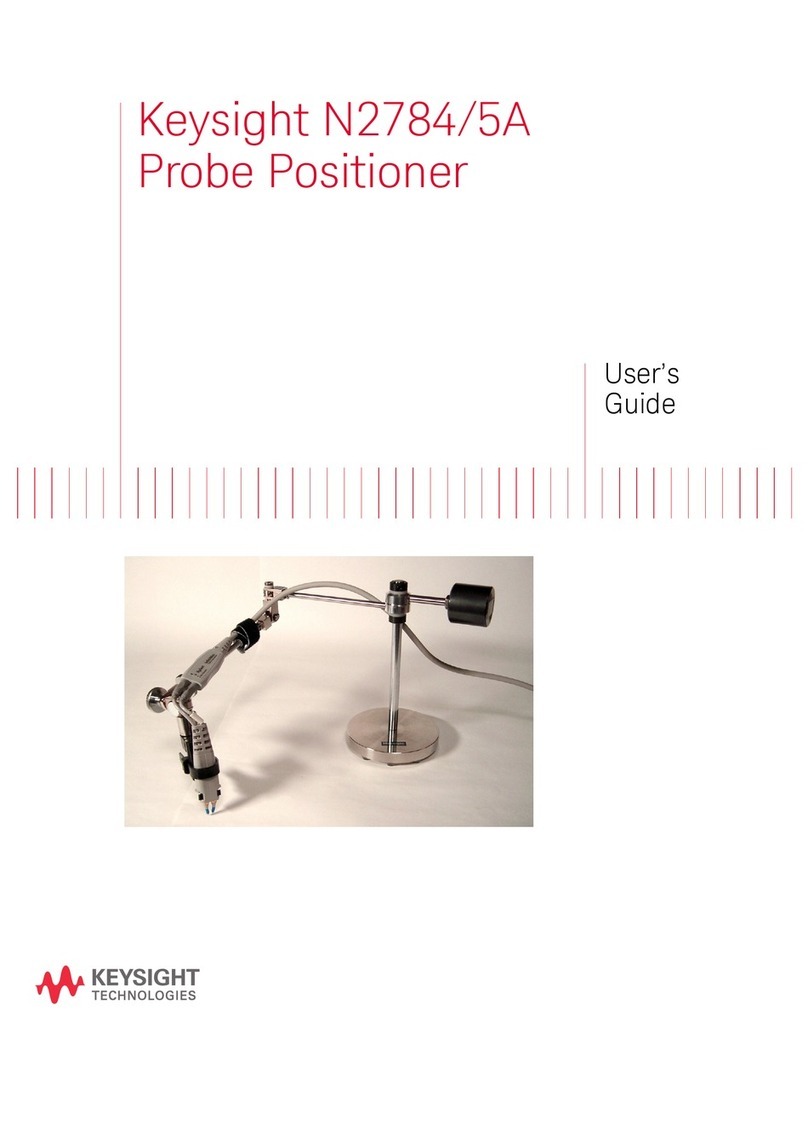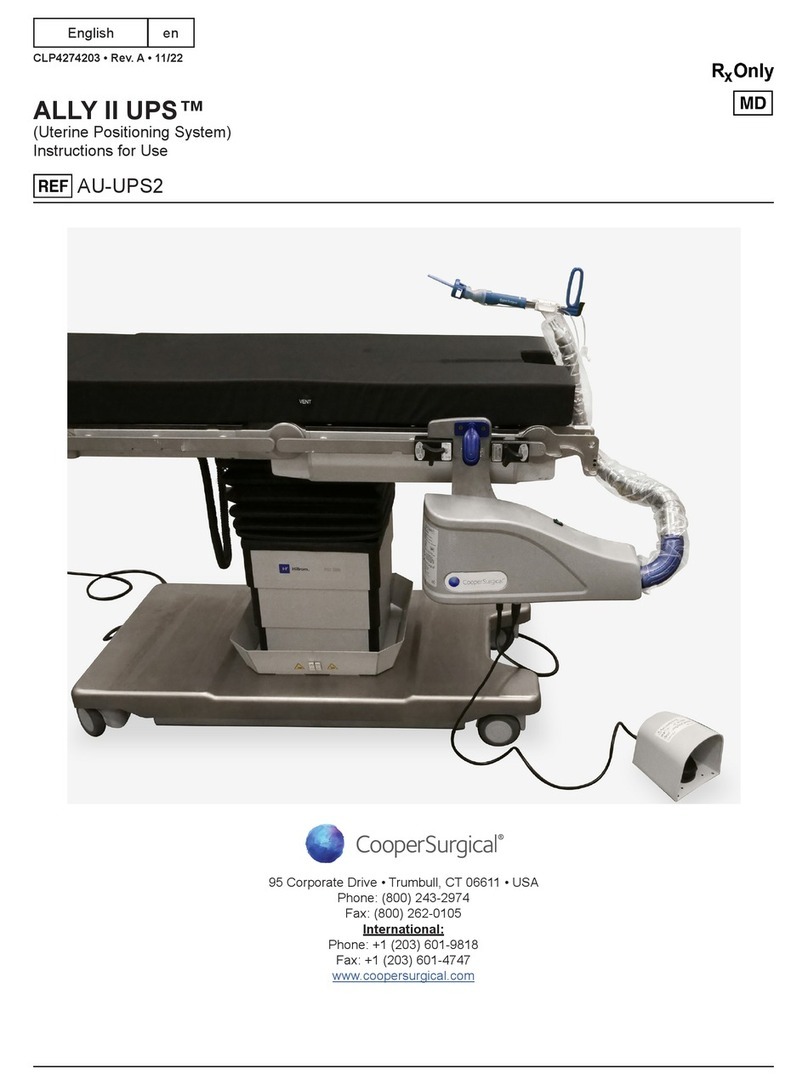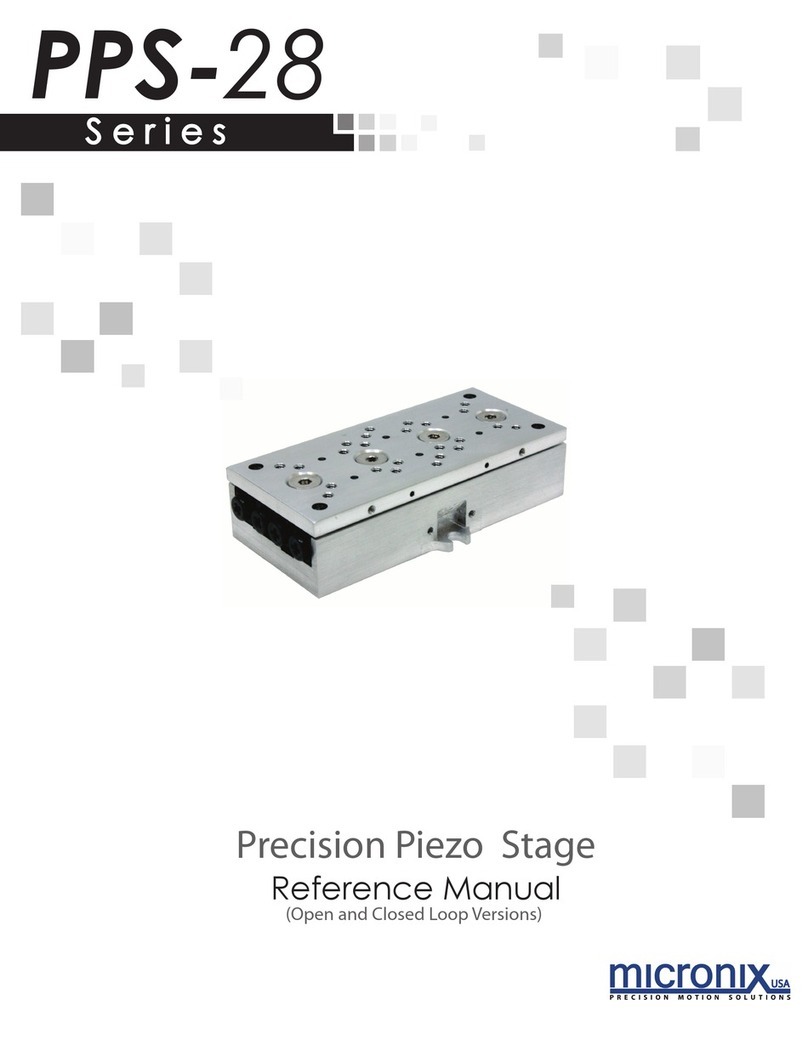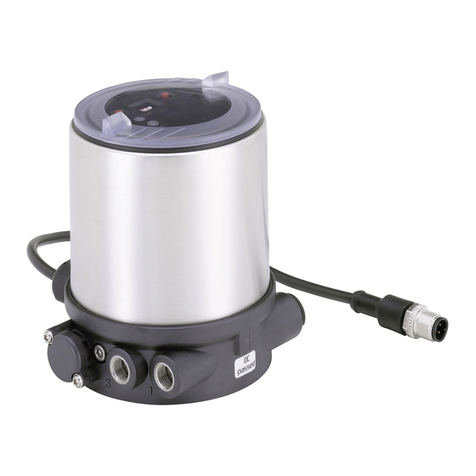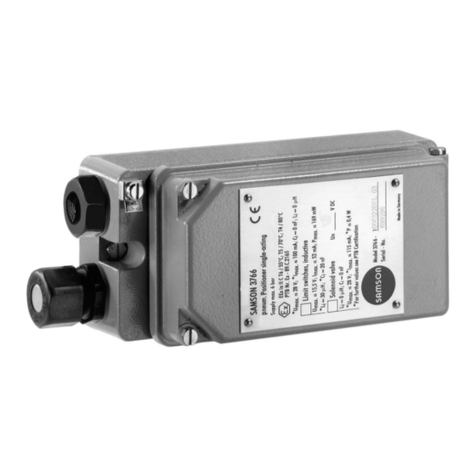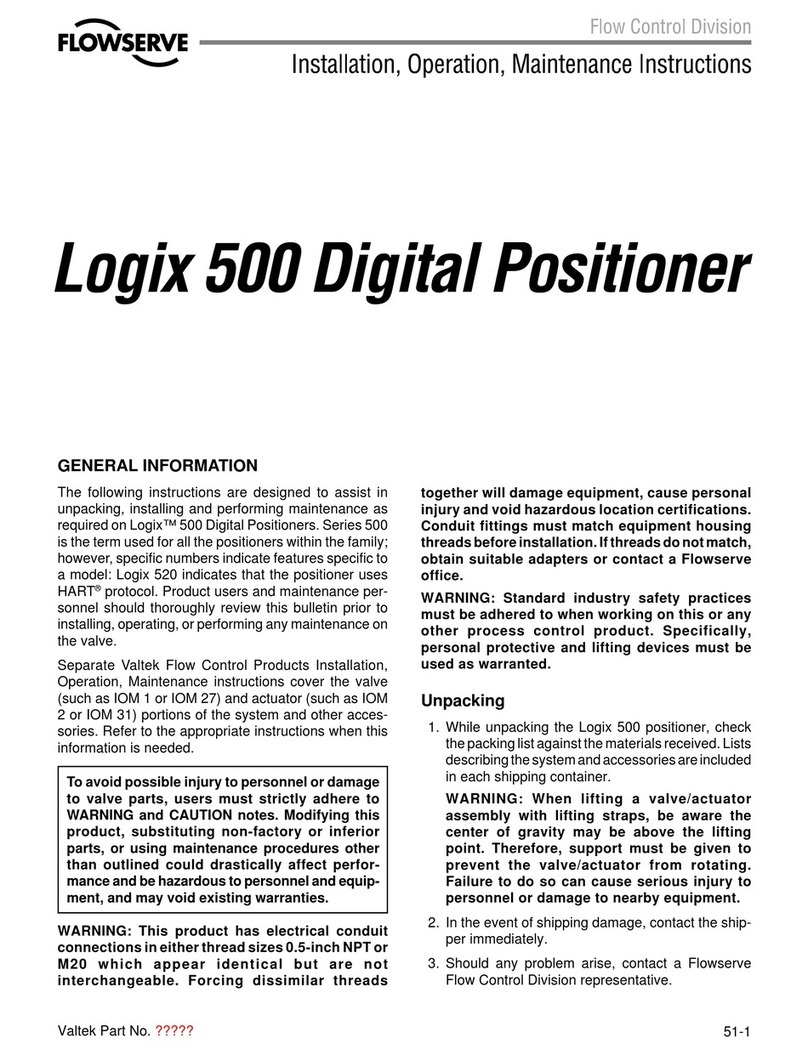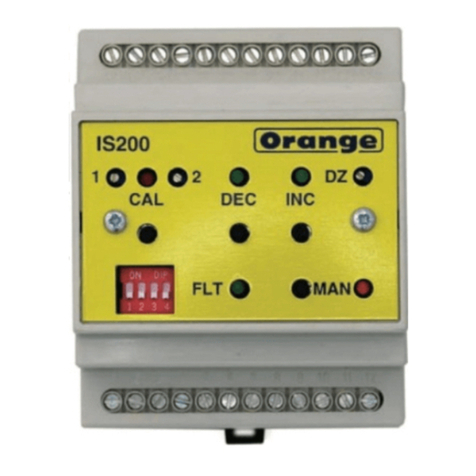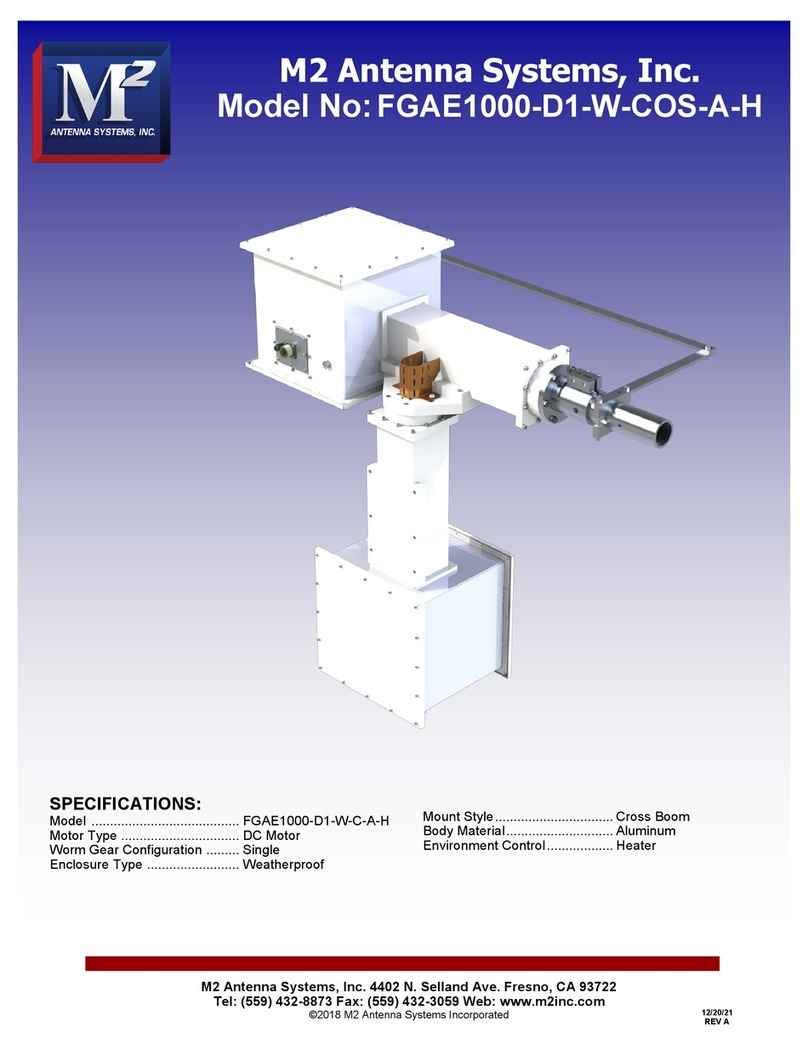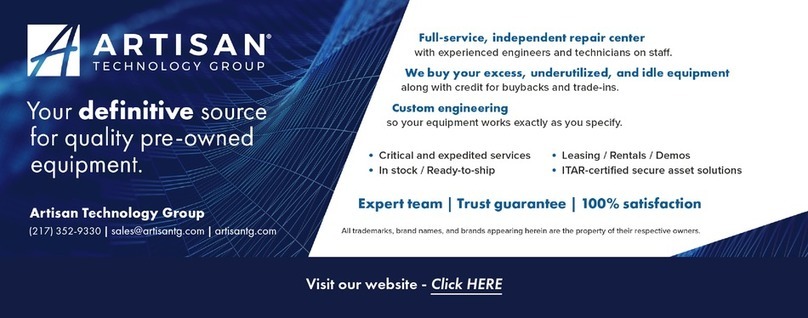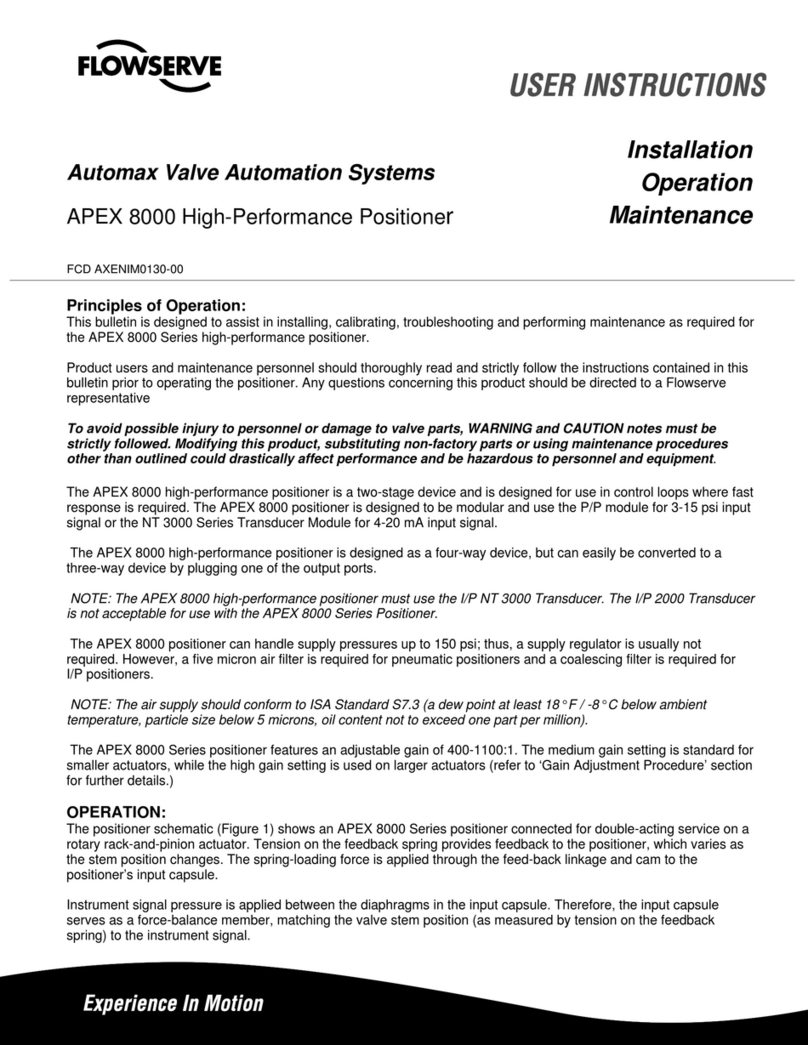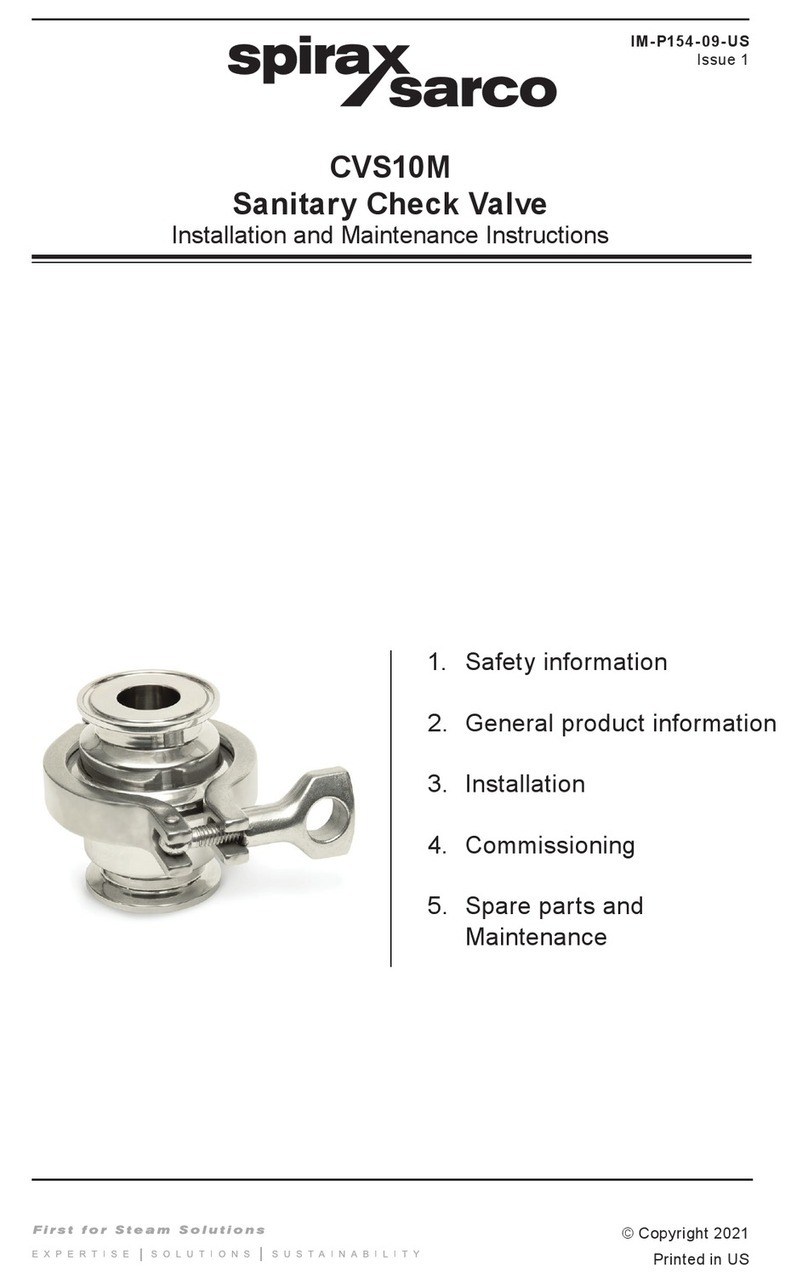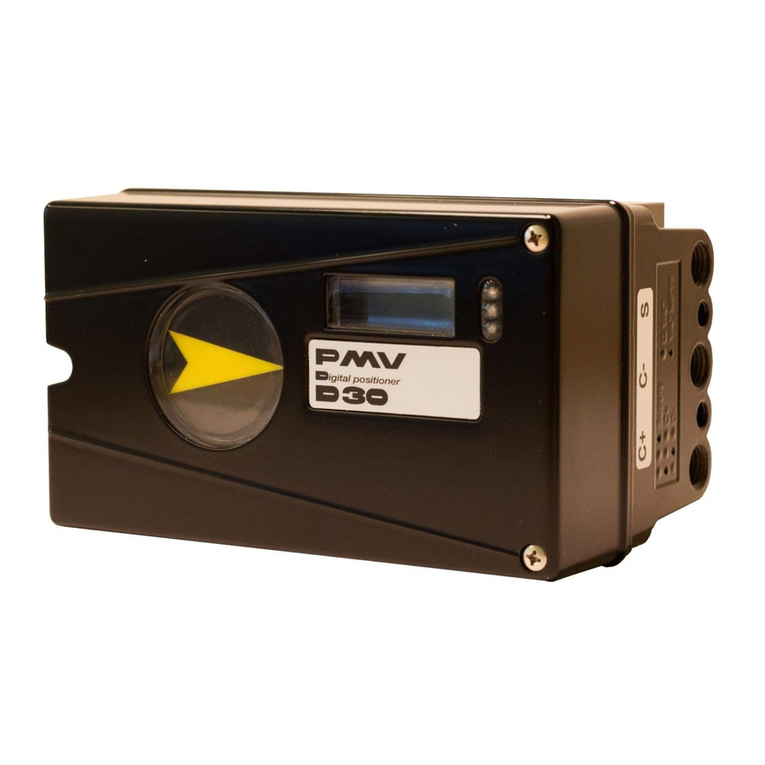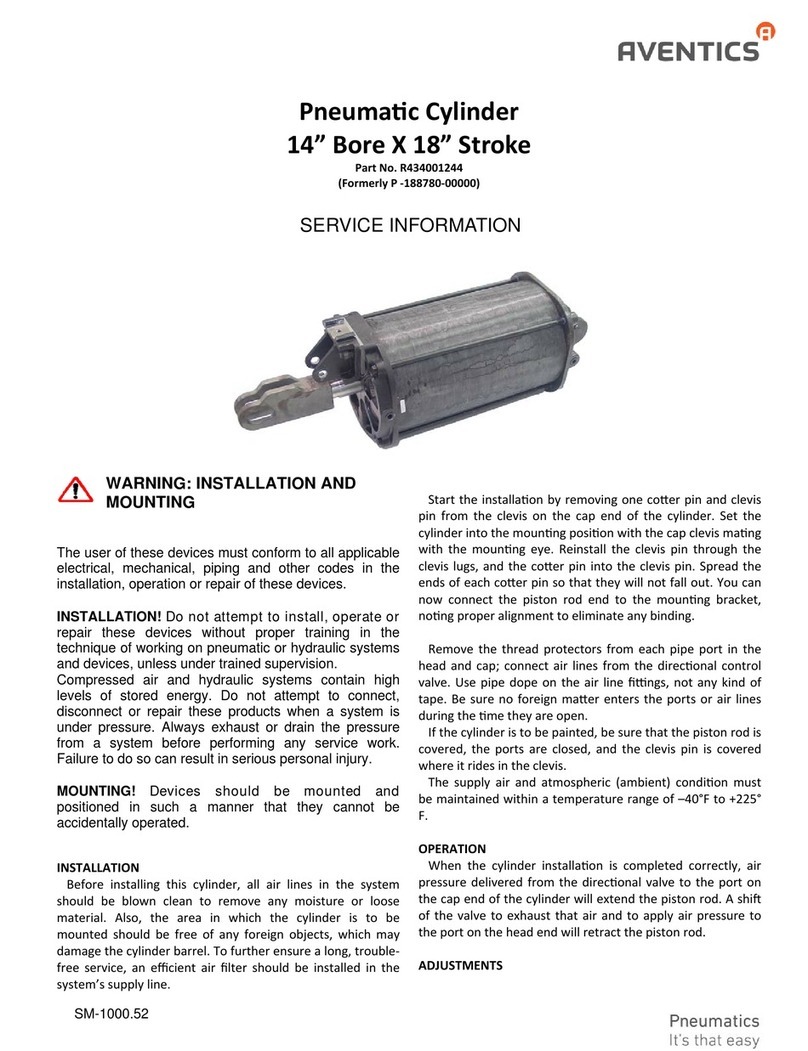
Product Description
317748/F V
11 TECHNICAL SPECIFICATIONS...................................................................49
11.1 SSBL accuracy .....................................................................................................49
Transducer reference point...................................................................................... 50
HiPAP® 501 ........................................................................................................... 51
HiPAP® 451 ........................................................................................................... 52
HiPAP® 351 ........................................................................................................... 52
HiPAP® 101 ........................................................................................................... 54
11.2 LBL accuracy .......................................................................................................54
11.3 Range capabilities.................................................................................................56
HiPAP units/transducer cables ........................................................................................57
11.4 Computer..............................................................................................................58
11.5 Keyboard ..............................................................................................................58
11.6 Trackball...............................................................................................................59
11.7 Display..................................................................................................................59
11.8 Responder Driver Unit (option)............................................................................59
11.9 Fibre Splice Box...................................................................................................59
11.10 Transceiver units...............................................................................................60
Common data .......................................................................................................... 60
11.11 HiPAP® hull units............................................................................................61
11.12 Mounting flange................................................................................................62
11.13 Gate valve .........................................................................................................62
11.14 Raise and lower motor......................................................................................63
11.15 Hoist Control Unit ............................................................................................63
11.16 Remote Control Unit.........................................................................................64
11.17 Transducer units................................................................................................64
12 DRAWING FILE................................................................................................65
12.1 Outline dimensions...............................................................................................65
Computer –desktop mounting and outline dimensions........................................... 66
Keyboard................................................................................................................. 67
19” Display.............................................................................................................. 68
Responder Driver Unit (option) .............................................................................. 69
Transceiver Unit Model x81 ................................................................................... 70
Transceiver Unit Model x21 ................................................................................... 71
DN 500 mounting flange w/gate valve ................................................................... 72
DN 350 mounting flange w/gate valve ................................................................... 73
Hoist Control Unit................................................................................................... 74
Remote Control Unit............................................................................................... 75
HiPAP® HL 2180................................................................................................... 76
HiPAP® HL 3770................................................................................................... 77
HiPAP® HL 4570................................................................................................... 78
HiPAP® HL 6120................................................................................................... 79




















